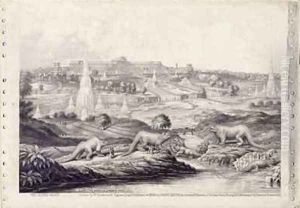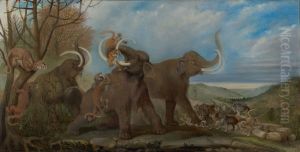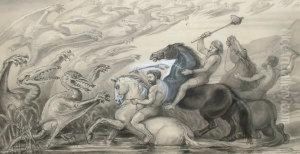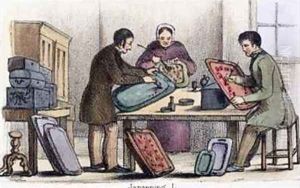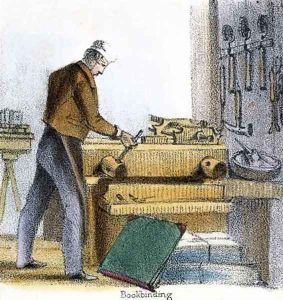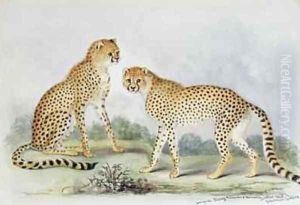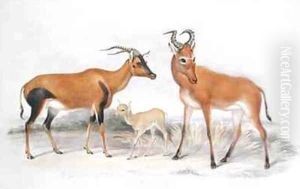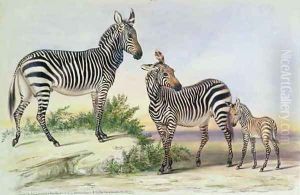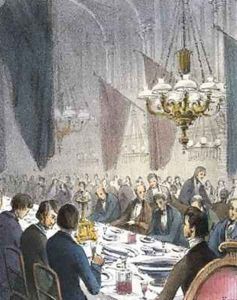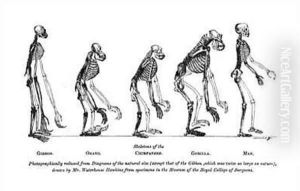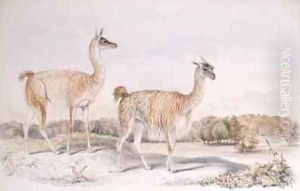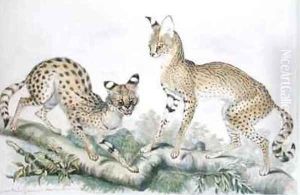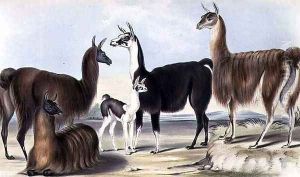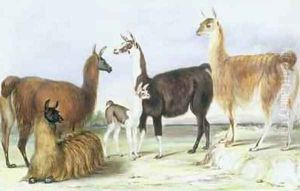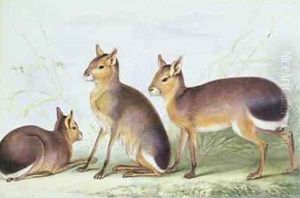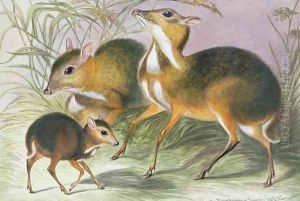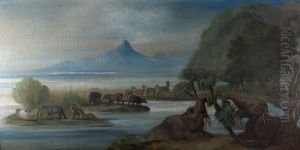Benjamin Waterhouse Hawkins Paintings
Benjamin Waterhouse Hawkins was an English sculptor and natural history artist, renowned for his work in paleontological reconstructions, which were among the first attempts to create full-size models of dinosaurs and other prehistoric animals. Hawkins was born on February 8, 1807, in London, England. He began his career as an illustrator and later specialized in the reconstruction of extinct animals.
Hawkins gained prominence for his work under the direction of Sir Richard Owen, a noted British paleontologist. Together, they collaborated on the creation of life-sized models of dinosaurs for the Great Exhibition of 1851 held in London's Crystal Palace. These groundbreaking sculptures were based on the best scientific knowledge of the time and were intended to educate the public about the prehistoric past. The exhibition was a major success and established Hawkins as a pioneer in the field of paleontological reconstructions.
Beyond the Great Exhibition, Hawkins continued to create models and illustrations for museums and educational institutions. His work inspired public interest in paleontology and contributed to the early popularization of dinosaurs in Victorian culture. Hawkins was also involved in educational outreach, lecturing on natural history topics and promoting science education.
In the latter part of his career, Hawkins faced several setbacks. One of his significant projects in the United States, a planned Paleozoic Museum in Central Park, New York, was unfortunately disrupted and ultimately abandoned due to political conflicts and financial issues.
Despite these challenges, Hawkins' legacy endures in the form of his artistic contributions to science. His sculptures, while not fully accurate by modern standards, were instrumental in shaping early concepts of prehistoric life and remain on display at various institutions, including the Crystal Palace Park in London, where some of his dinosaur models can still be seen today. Hawkins' interdisciplinary approach, combining art with science, paved the way for future generations of artists and scientists working in paleontological reconstructions.
Benjamin Waterhouse Hawkins' impact on both the art world and the field of paleontology was significant during his lifetime and continues to be recognized by historians and enthusiasts. He passed away on January 27, 1889, in London, leaving behind a body of work that still captures the imagination of those interested in the prehistoric world.
